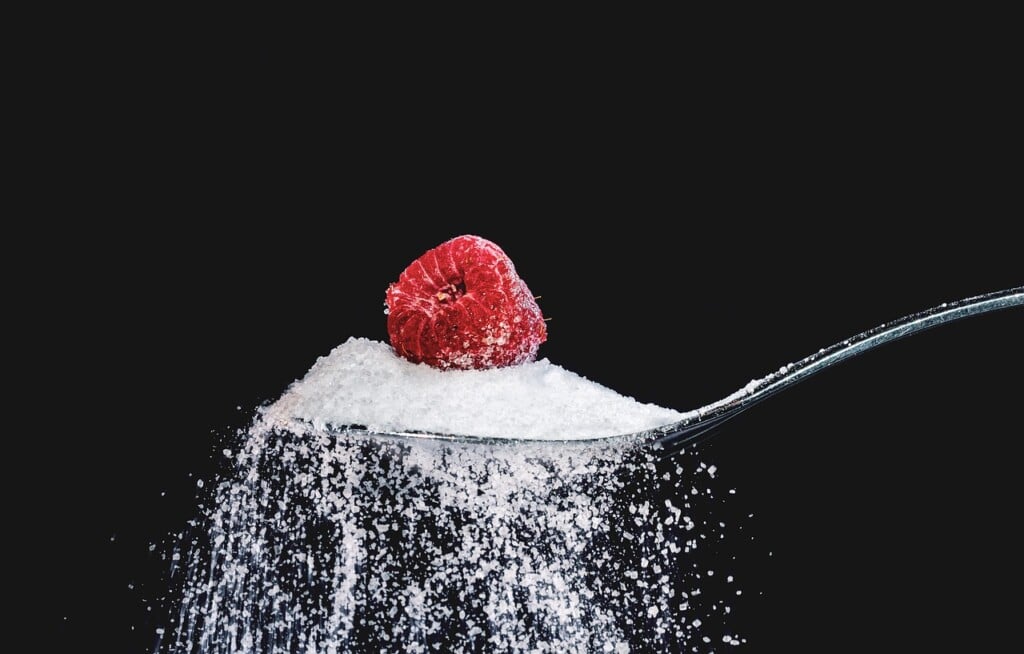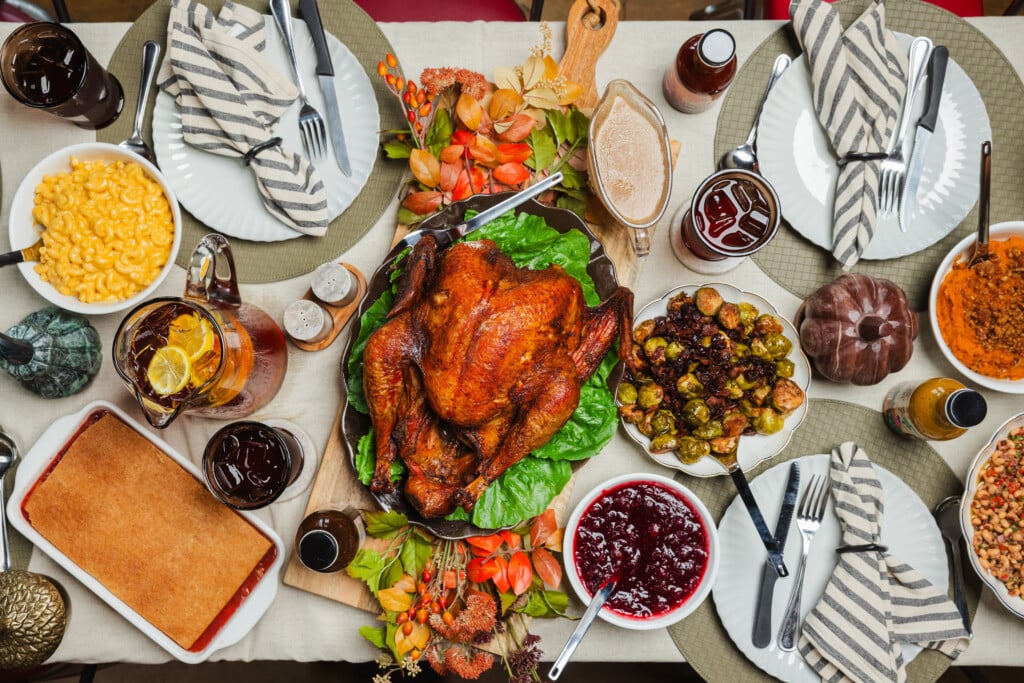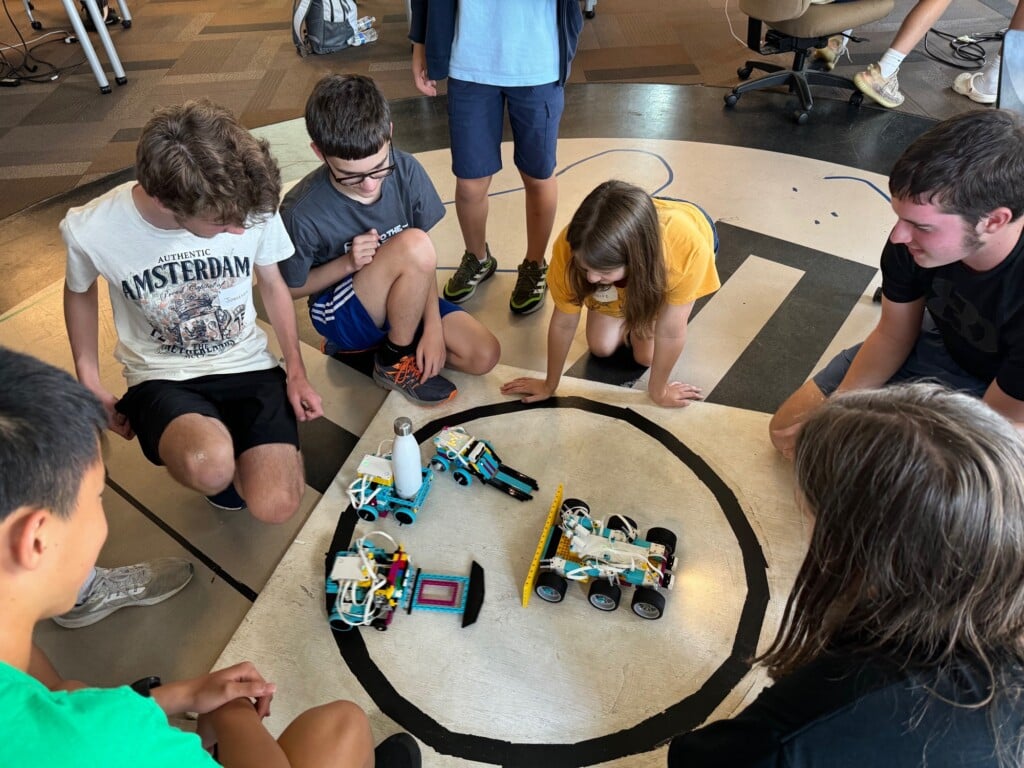The Great Sugar Debate
Kids want it, parents try to fight it. Where do you draw the line?

It’s a struggle most parents know well: How much sugar is too much? When should you limit it? And how do you even know where to start?
Charlotte Parent turned to some experts to find out what parents need to know about sugar and how they can help their families build healthy relationships with it. At a time when sugar is not only readily available, but hiding in unexpected places, it can be tough to know what’s what. Dr. Sumon Bhowmick, a pediatrician with Novant Waverly Pediatrics and Primary Care, likes to break some not-so-sweet news about sugar in the form of a Family Feud question.
“What’s the No. 1 reason we struggle with our health in this country?” he’ll say. “What’s the No. 1 reason we end up in the hospital and we end up riding in ambulances, we end up in ICU? It’s not COVID. It’s not flu. It’s salt and sugar. It’s the things that we do to ourselves, the way we live our life.”
Consuming too much sugar can lead to obesity, which leads to issues like diabetes, high blood pressure, high cholesterol, heart disease, and kidney and liver problems. While most of those issues affect primarily adults, more and more are afflicting kids. Bhowmick says childhood obesity rates continue to rise. Between 15 to 20 percent of the school-aged children he sees are obese. Type 2 diabetes used to only affect adults, he says. Now children are diagnosed with it too. The primary culprit? Sugar.
“The hardest thing with sugar is that sugar is everywhere,” Bhowmick says. “It’s readily available. It’s in so many different things we don’t even think about. And it’s legal. It’s one of the ways that we can really hurt ourselves that’s completely fine to do, as opposed to age limits for nicotine or tobacco or any illicit substances. Those things are monitored and regulated. But sugar is literally everywhere.”
Sure, sugar is in treats like cake, candy, and cookies, but it’s also abundant in soda, fruit juice, and sports drinks like Gatorade, Prime, and Vitamin Water. “If you’re being active and playing sports, you are losing electrolytes,” Bhowmick says. “You’re using salt, sugar, water; you need to replace that. That’s the whole point of those sports drinks. (But) if you drink it with your lunch, then you’re getting too much sugar just from what you’re drinking.”
Sugar is also in foods we don’t normally associate as sweet, like condiments, or “healthy” options like yogurt, cereal, and granola bars. “The good news is with kids is they have time,” Bhowmick says. “For adults, it’s never too late. But with kids, we definitely have time to make adjustments and learn healthy lifestyle habits.”
So what should parents do? With advice from both Bhomick and Charlotte area registered dietician and mother of four, Jennifer Johnson, here are 10 ways parents can fight the sugar battle:
- Substitute sports drinks with water. Bhowmick recommends drinking half your body weight in ounces of water each day. For example, if your child is 66 pounds, aim for 33 ounces of water each day. “You may lose five to 10% of your body weight just by switching over to just drinking water and that’s it,” he says. “It can be that significant of an impact.”
- Beware of processed foods. Or, as Johnson puts it, shop the perimeter of the grocery store. That’s where you’ll find whole foods like fresh fruits and vegetables, meat, and dairy. “I don’t know what’s in a ‘hot fry,’ but I do know what’s in a banana,” Bhowmick says. “The ingredients of a banana is banana. That’s what it is.”
- Let kids help with meal prep. Whether it’s going to the grocery store, planning the menu, or preparing the meal, they’ll be more invested in what they eat. “Get the kids involved (where they) get to push the buttons on the blender to make their smoothies, maybe crack an egg for the first time or turn the stove on supervised or chop up some veggies for the first time,” Bhowmick says. “This is a way for them to be an active participant.”
- Eat at home. “Usually there’s not a lot of healthy options for kids (at restaurants),” Johnson says. “And portion sizes are just out of control, even on kids’ menus.”
- Sit down for family meals together. “Having mealtimes and sitting down helps eliminate the endless snacking,” Johnson says. “It’s also that opportunity to connect with them and create a bonding experience over mealtime.”
- Keep trying new foods. “Encourage kids to try new foods and try them repeatedly,” Johnson says. “Maybe they don’t like them the first time, but on the 20th time they think, “OK, that’s not that bad.’”
- Model good eating habits as parents. “Everybody work together,” Bhowmick says. “If soda is just for Dad, we’re getting mixed messages there.”
- Promote fruits and vegetables, whether it’s at mealtime, for snacks or in a smoothie. “At meals, I always try to provide a fruit and/or vegetable,” Johnson says. “And my kids all like different things, so I’ll try to at least have one option for each one of them.”
- Try to limit sweets to special occasions. “(Kids will get them) at birthday parties or holidays or when there is trick-or-treating,” Bhowmick says. “It’s about making sure that we don’t have this line in the sand where it’s just ‘you cannot have these things’ (but) something we want to have from time to time.”
- Get your child’s yearly checkup. “Then you have a reservoir of knowledge,” Bhowmick says. “You’ll see people whose job it is to inform you and empower you with the information you need to make good healthy choices.”
CARROLL WALTON was a longtime sportswriter for the Atlanta Journal-Constitution and co-authored Ballplayer, the Chipper Jones biography, in 2017. Today she lives in Charlotte with her husband and three sons and continues to freelance for several media outlets.









